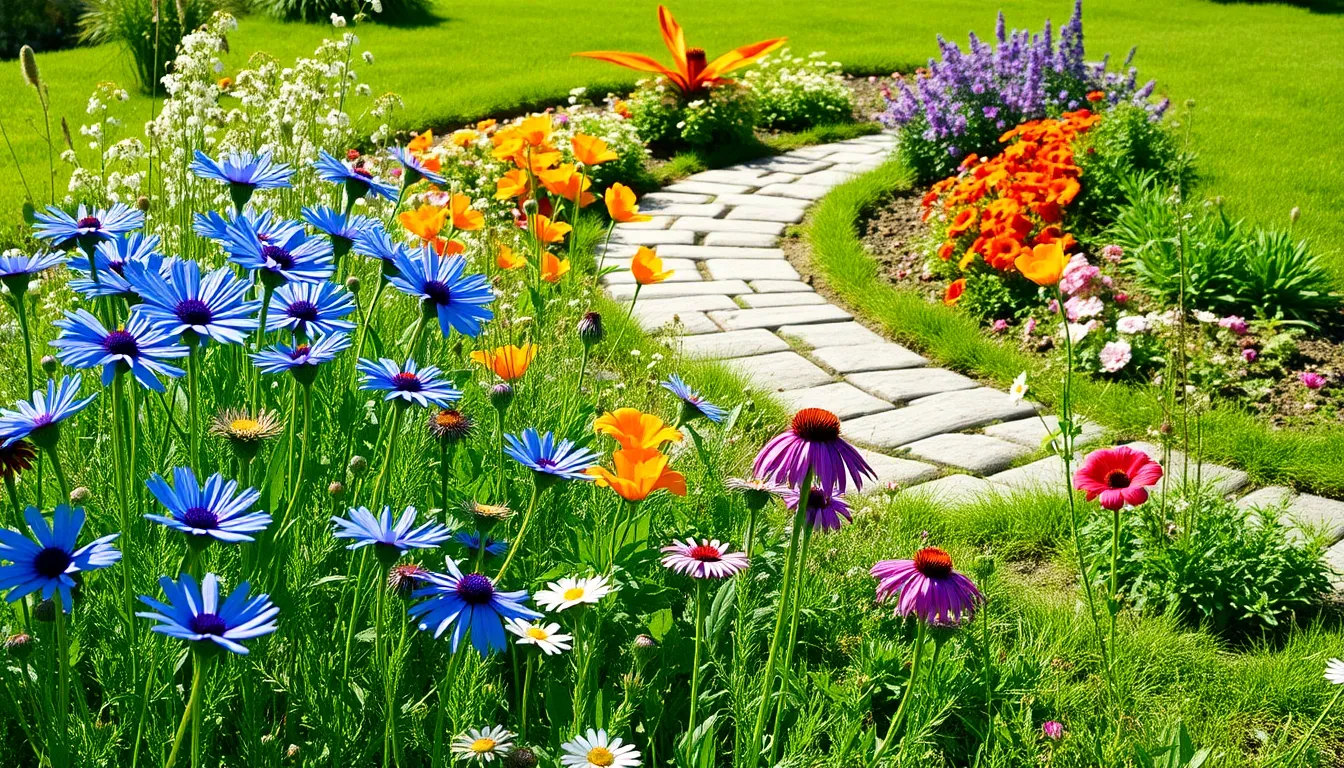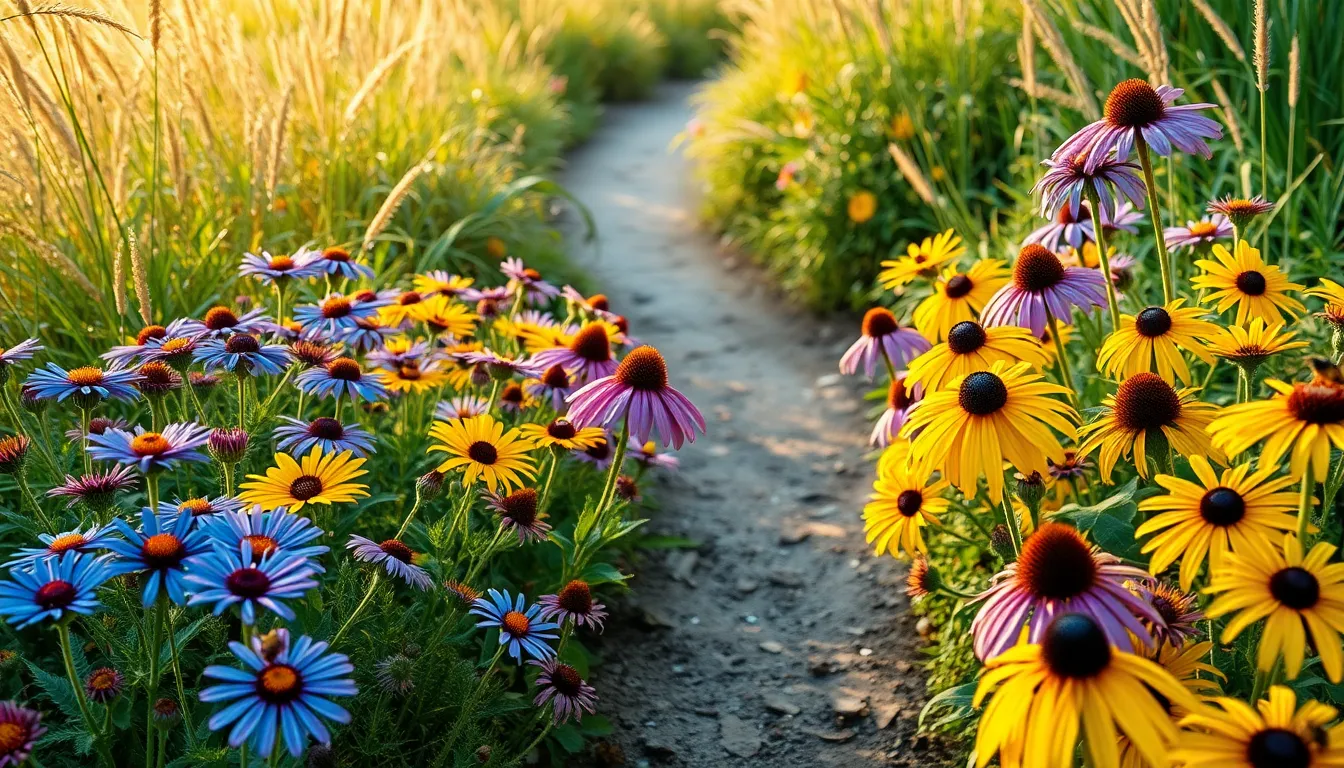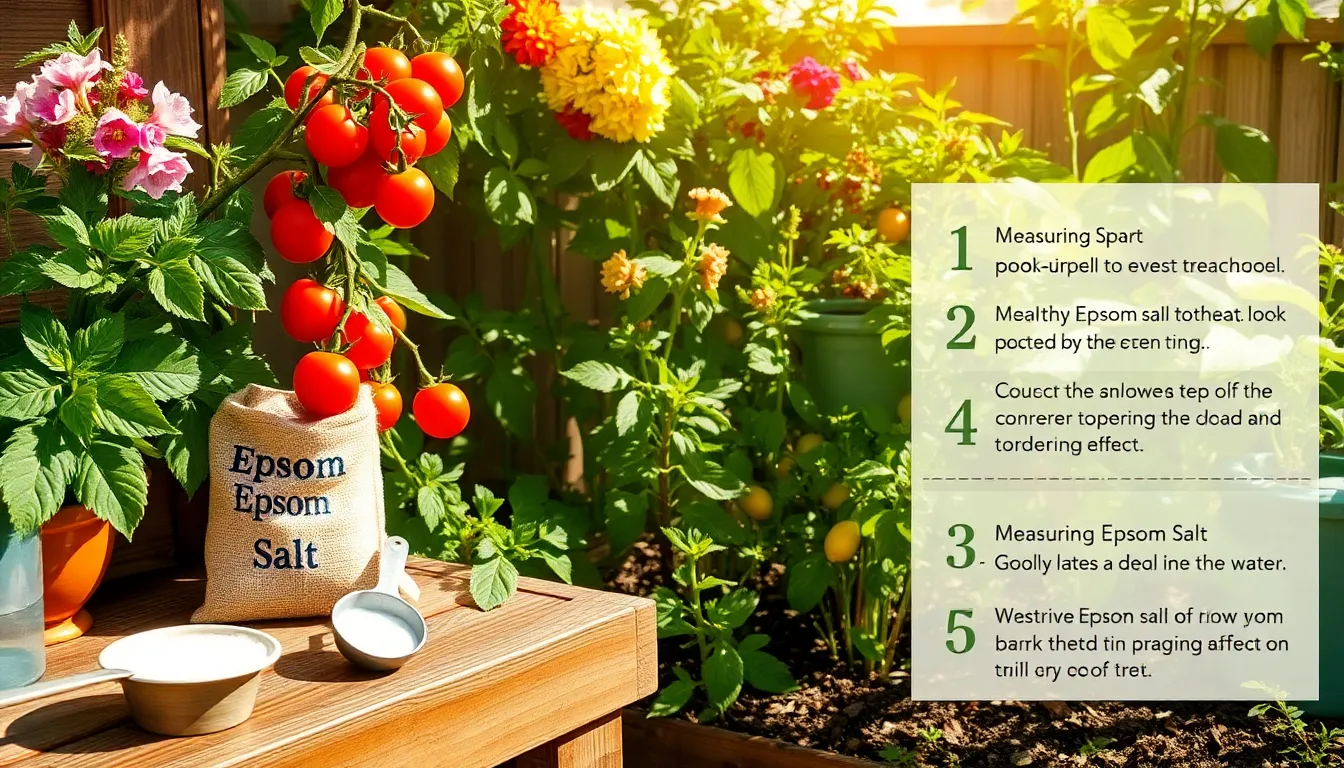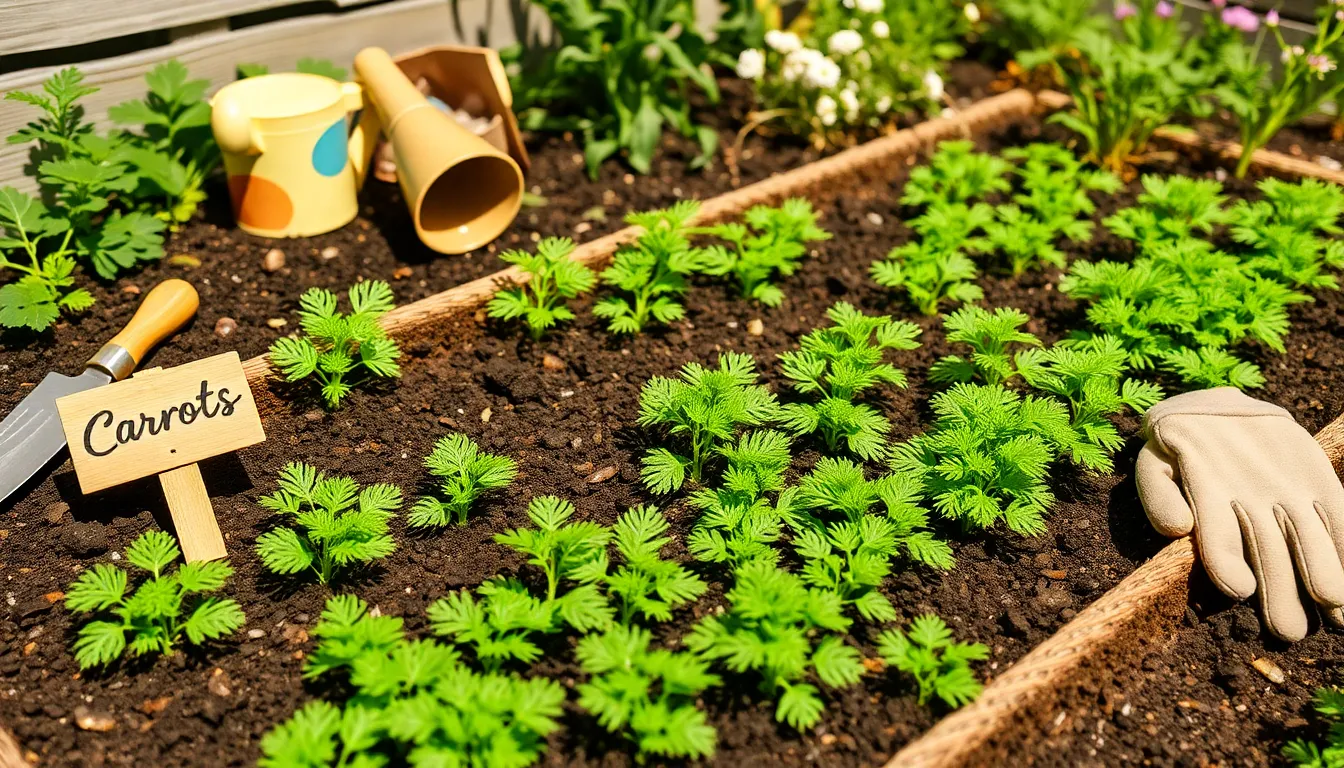Imagine stepping into a lush, vibrant paradise right in your own backyard, where bursts of color dance in the breeze and friendly pollinators flit from bloom to bloom. Whether you’re just starting your gardening journey or you’ve been nurturing plants for years, “Expert Tips For Planting A Wildflower Garden” is your key to creating an enchanting space that celebrates nature’s beauty and diversity.
For beginners, this guide offers a treasure trove of straightforward advice to ensure your wildflower garden flourishes with minimal fuss, while experienced gardeners will discover new insights and advanced techniques to elevate their floral oasis. The practical benefits of cultivating a wildflower garden extend beyond simple aesthetics; you’ll be boosting local biodiversity, supporting pollinators, and enjoying reduced maintenance compared to traditional gardens.
By combining the joy of watching your garden transform with the satisfaction of contributing positively to the environment, this guide empowers you with the confidence to succeed. Embrace the rewarding journey of wildflower gardening and let your outdoor space bloom with life, color, and purpose.
Choose Native Wildflower Seeds
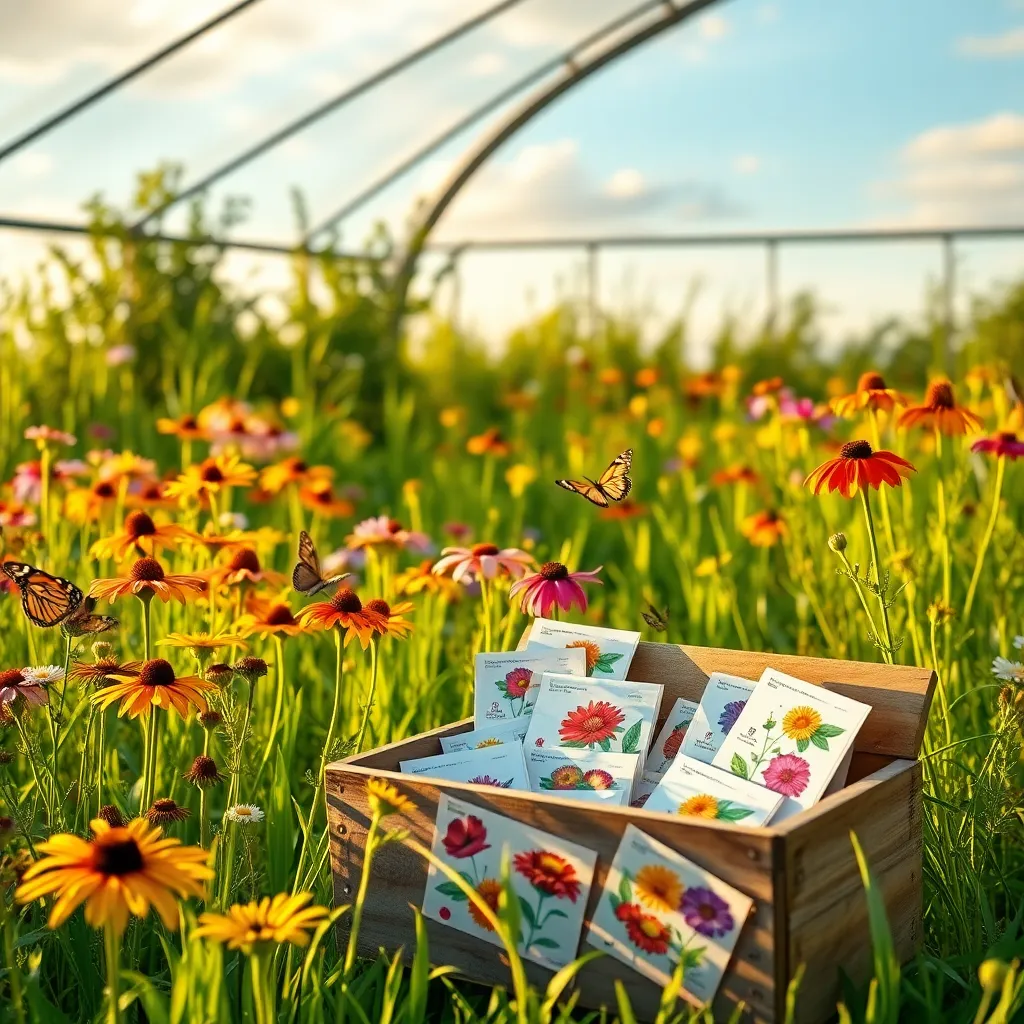
Choosing native wildflower seeds is critical for creating a thriving wildflower garden. Native plants are adapted to local conditions, making them resilient and low-maintenance once established.
Consider the soil type and sunlight in your garden before selecting seeds. Most wildflowers prefer well-draining soil and at least six hours of sunlight daily, but some species tolerate partial shade.
For beginners, start with easy-to-grow options like Black-eyed Susans and Purple Coneflowers, which are popular and hardy. These flowers not only provide vibrant colors but also attract pollinators, enhancing your garden’s ecosystem.
Advanced gardeners can experiment with mixing different seed varieties to create a dynamic and diverse wildflower meadow. Ensure to stagger blooming periods by selecting seeds that flower at different times to maintain a colorful display throughout the growing season.
Prepare Soil for Optimal Growth
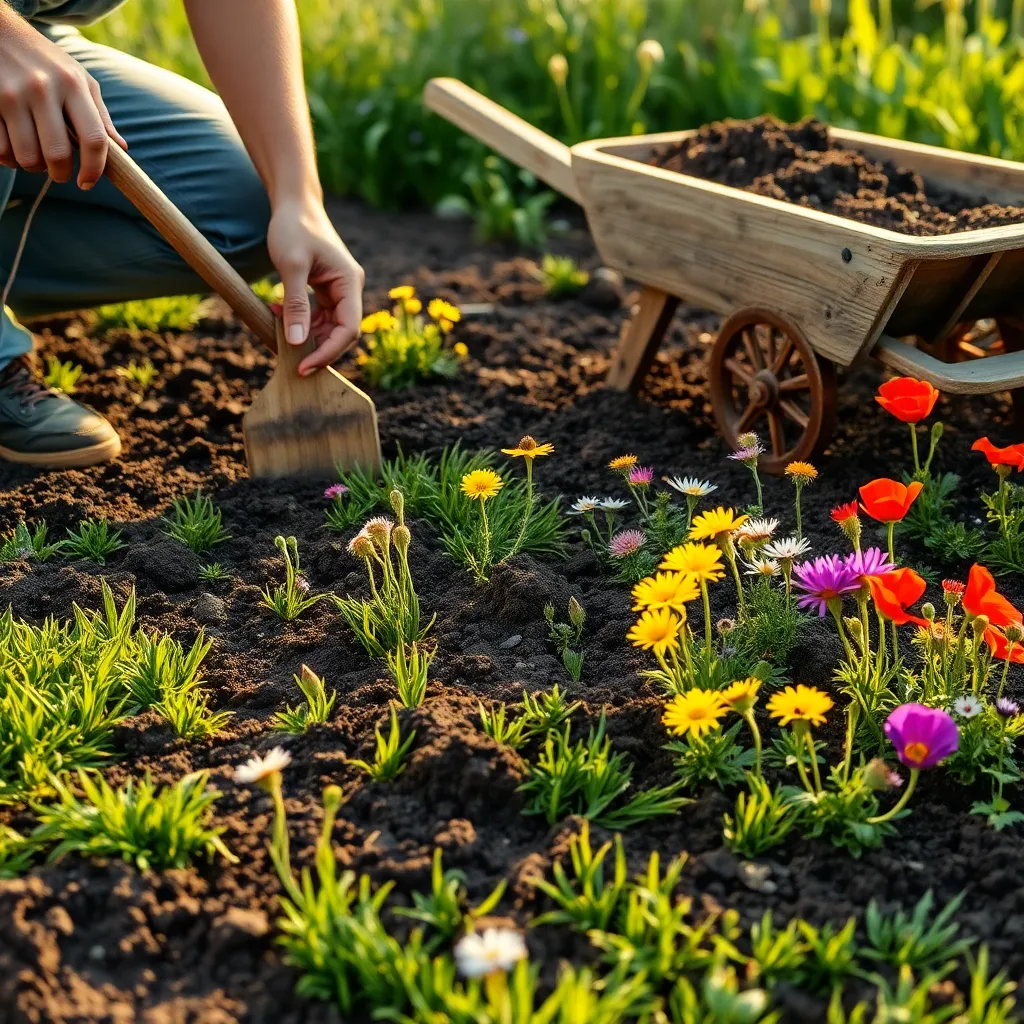
To ensure your wildflower garden thrives, start by testing your soil’s pH level, which should ideally be between 6.0 and 7.0. You can use a simple home soil test kit for this purpose, available at most garden centers.
Improving soil fertility is crucial for optimal plant growth. Consider adding organic matter such as compost or well-rotted manure to enrich the soil with essential nutrients.
Loosen the top 6 to 8 inches of soil using a garden fork or tiller to improve aeration and water drainage. This step helps prevent soil compaction, which can hinder root development and water absorption.
For those dealing with clay or sandy soils, amend the ground with a mix of organic material and coarse sand. This adjustment enhances the soil structure, ensuring it retains enough moisture while allowing excess water to drain away.
Water Consistently During Germination

To ensure your wildflower seeds germinate successfully, maintaining consistent moisture levels is crucial. Wildflower seeds need to be kept evenly moist during the germination process, which typically lasts two to three weeks.
Watering your seeds lightly every day is recommended, especially if you live in a dry or windy area. By using a fine mist spray, you can avoid washing away seeds or disturbing the soil too much.
If you’re planting in a region with infrequent rain, consider installing a soaker hose or drip irrigation system. These options provide controlled moisture directly to the soil, ensuring that the seeds receive the water they need without over-saturating the area.
As an advanced tip, adding a layer of mulch can help retain soil moisture and prevent rapid evaporation. Choose a light mulch, like straw, that won’t smother the tender seedlings as they begin to emerge.
Encourage Pollinators with Variety
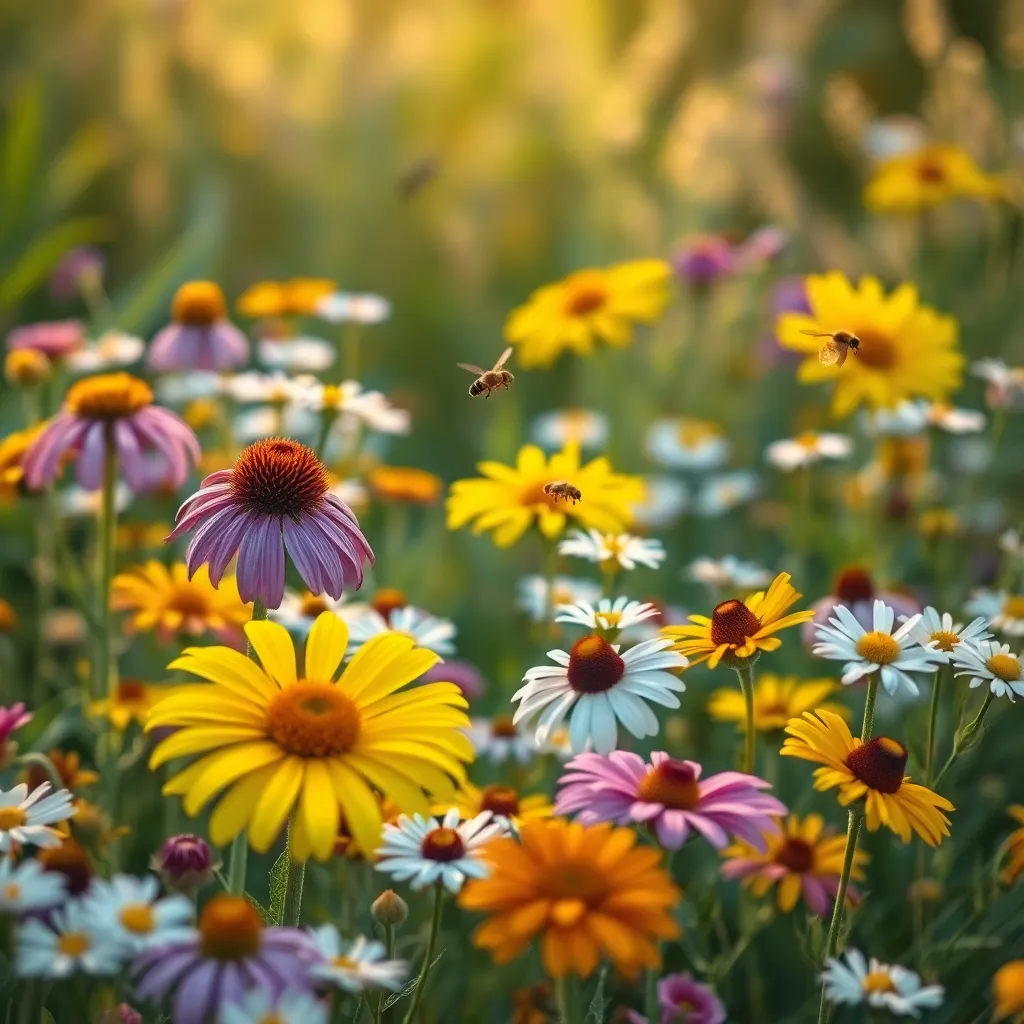
To attract a variety of pollinators, it’s important to plant a diverse range of wildflowers. Choose species that bloom at different times of the year to ensure a consistent food source for pollinators like bees, butterflies, and hummingbirds.
Consider including both native and adapted plants to enhance the biodiversity of your garden. Native plants are particularly beneficial because they are well-suited to local climates and often require less water and maintenance.
For beginners, start with easy-to-grow wildflowers such as cosmos, zinnias, and sunflowers, which are known to attract a variety of pollinators. More advanced gardeners might experiment with perennial wildflowers like coneflowers and bee balm, which offer long-term benefits and attract specific pollinators.
When planning your garden, pay attention to the preferred growing conditions of each species. Most wildflowers thrive in well-draining soil with full sun exposure, but some may tolerate partial shade or require specific soil pH levels to flourish.
Control Weeds Without Chemicals
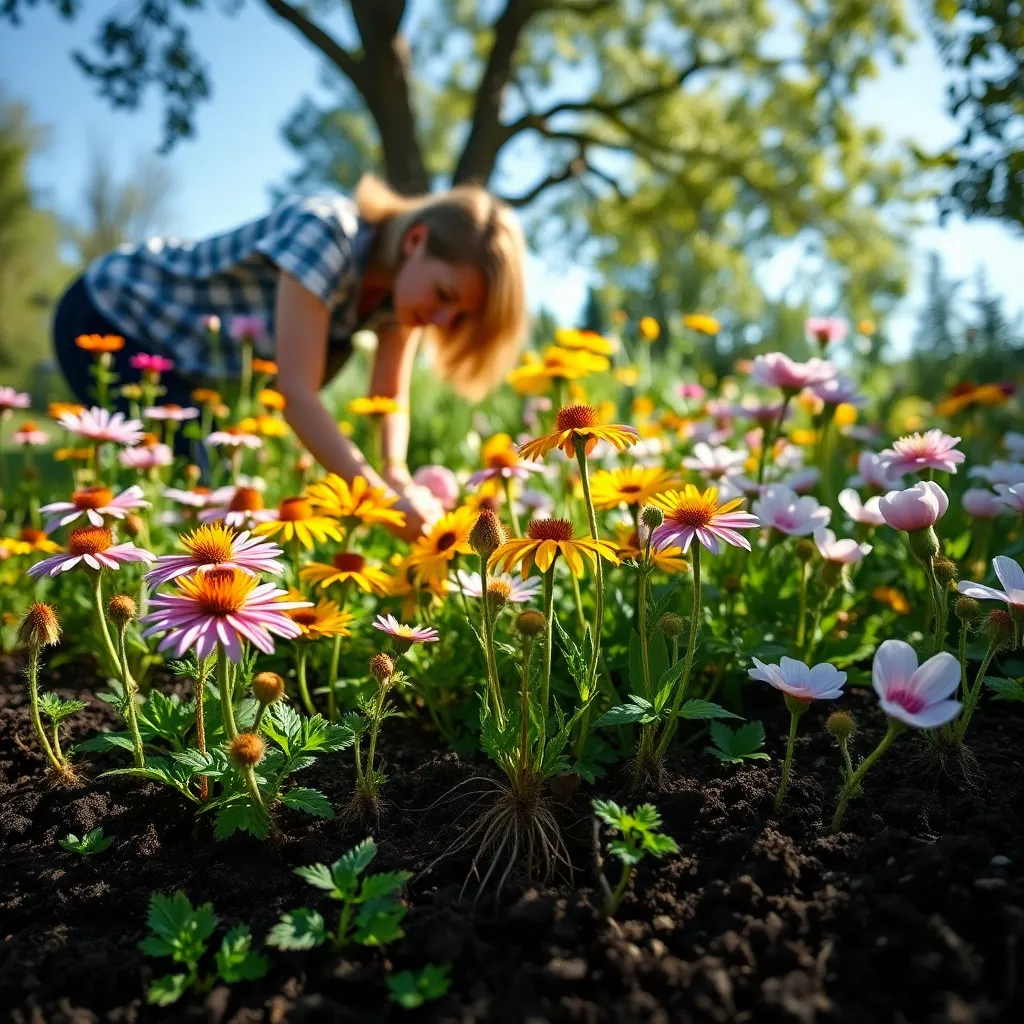
To control weeds without chemicals, consider utilizing mulching techniques to suppress their growth. Organic mulches like straw, wood chips, or shredded bark not only block sunlight from reaching weed seeds but also improve soil health as they decompose.
Incorporating ground covers, such as low-growing wildflowers or clover, can effectively compete with weeds for resources. These plants create a natural barrier that prevents weeds from establishing, while also adding beauty and diversity to your garden.
Regularly practicing hand-pulling of weeds is a straightforward yet effective method, especially after rain when the soil is soft. Ensure you remove the entire root to prevent regrowth and consider doing this task weekly to keep the weed population in check.
For more experienced gardeners, employing a technique called solarization can help manage weeds over a larger area. This involves covering the ground with clear plastic to trap heat from the sun, effectively killing weeds and their seeds by raising the soil temperature.
Conclusion: Growing Success with These Plants
As you embark on your wildflower garden journey, remember that nurturing relationships and gardening share vibrant parallels. First, recognize the importance of understanding your garden’s needs, just as you would pay attention to your partner’s desires. Next, consider the foundation—strong soil and strong communication both foster growth. Embrace diversity by planting a variety of flowers, paralleling the richness brought by embracing differences in relationships. Patience is key; both gardens and relationships bloom in their own time. Lastly, just as you protect your garden from weeds, be vigilant in addressing conflicts early in your relationship.
An actionable step you can take today is to have an open conversation with your partner about how you both envision your relationship growing, much like planning the layout of a new garden. This discussion will lay the groundwork for mutual understanding and shared goals.
Bookmark this article as a handy guide to revisit whenever you need a reminder of these nurturing principles. As you cultivate your garden—and your relationships—know that with dedication and care, both will flourish into something beautiful and enduring. Here’s to your blossoming future, filled with love and harmony!

